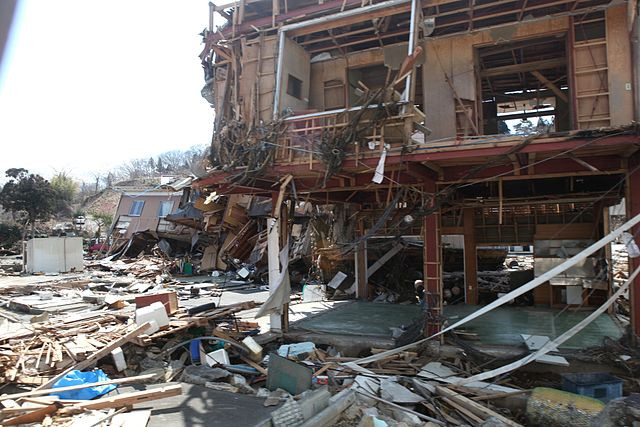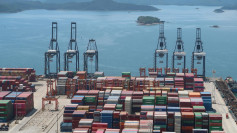Japan's Prime Minister, Fumio Kishida, has canceled a planned diplomatic trip to Central Asia as the country grapples with the looming threat of a potential "megaquake." This unprecedented move follows the Japan Meteorological Agency's issuance of its first-ever "megaquake advisory" after a magnitude 7.1 earthquake struck off the eastern coast of Kyushu island on Thursday, raising alarms about the possible activation of the Nankai Trough, a notorious seismic hotspot.
The Nankai Trough, a vast underwater fault stretching along Japan's Pacific coast, has historically been the epicenter of some of the nation's most catastrophic earthquakes. The latest tremor, though not directly causing significant damage or fatalities, has reignited concerns about the trough's potential to unleash a far more devastating event.
"I have decided to stay in the country for at least a week to ensure that all necessary government measures and communication channels are fully operational," Kishida announced, explaining his decision to forgo visits to Kazakhstan, Uzbekistan, and Mongolia.
Seismologists convened an emergency meeting shortly after Thursday's quake to assess the risk of a larger event. Their analysis suggests that the likelihood of a subsequent, more powerful earthquake has increased, prompting the advisory. "The chance of a bigger earthquake striking after a magnitude 7 tremor is relatively higher than during regular times," said Naoshi Hirata, a University of Tokyo professor and head of the advisory panel. He urged residents in vulnerable regions to stay vigilant and review their evacuation plans.
While Thursday's quake injured 16 people and briefly triggered tsunami advisories, which were lifted within hours, the psychological impact has been profound. The Fire and Disaster Management Agency has directed 707 municipalities at risk from a Nankai Trough event to reevaluate their disaster response strategies. The public, already anxious, has responded by taking precautionary measures, leading to disruptions in daily life, particularly as the nation enters the summer "Obon" holiday week.
In the popular seaside town of Shirahama in Wakayama prefecture, local authorities have decided to close beaches, outdoor hot springs, and parks for the week. An annual fireworks festival, a highlight of the summer season, has been canceled. Similarly, Aoshima, a renowned beach resort in Miyazaki prefecture, which bore the brunt of Thursday's quake, has also shut down its facilities.
Railway companies servicing the affected regions have announced that trains will operate at reduced speeds as a safety measure. These disruptions are particularly significant given the timing during one of Japan's busiest travel periods.
The potential for a megaquake linked to the Nankai Trough is not just a theoretical concern. Historical records show that this fault has produced major earthquakes at intervals of roughly 100 to 150 years. The last such event, a magnitude 8 quake in 1946, resulted in over 1,300 deaths and significant destruction. Experts fear that the next Nankai Trough megaquake could be even more devastating, with the Japanese government previously estimating a 70-80% chance of a magnitude 8 to 9 earthquake occurring along this fault within the next 30 years.
Should a megaquake occur, the consequences could be catastrophic. A magnitude 9.1 earthquake could unleash tsunami waves as high as 30 meters (98 feet) along Japan's Pacific coast, reaching shorelines within minutes of the quake. Coupled with landslides and fires, such a disaster could claim up to 323,000 lives, destroy millions of buildings, and displace nearly 10 million people. The economic toll could be equally staggering, potentially exceeding $1.5 trillion, or more than a third of Japan's annual GDP.
Japan's vulnerability to such seismic events is exacerbated by its location on the Pacific "Ring of Fire," a geologically volatile zone where multiple tectonic plates converge. The country's rigorous disaster preparedness protocols, honed through centuries of experience, are now being put to the test as authorities and citizens alike brace for the possibility of a megaquake.
As the nation remains on high alert, the government's focus is on ensuring that all levels of disaster response are ready to act at a moment's notice. "We must be prepared for the worst, even as we hope for the best," Kishida emphasized, underscoring the gravity of the situation. The coming days will be crucial as Japan navigates this period of heightened seismic activity, with the eyes of the world watching closely.






